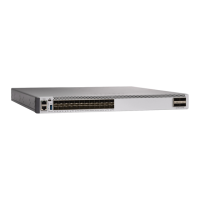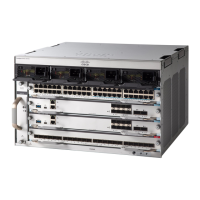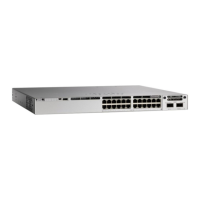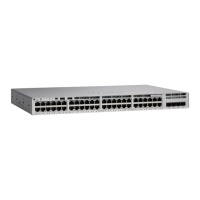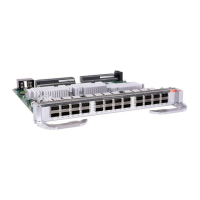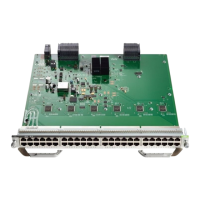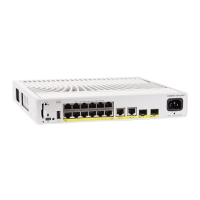PurposeCommand or Action
Enters global configuration mode.configure terminal
Example:
Device# configure terminal
Step 2
Specifies a BGP process and enters router
configuration mode.
router bgp as-tag
Example:
Device(config)# router bgp tag1
Step 3
Enables BFD support for fallover.
neighbor ip-address fall-over bfd
Example:
Device(config-router)# neighbor
172.16.10.2 fall-over bfd
Step 4
Exits router configuration mode and returns the
router to privileged EXEC mode.
end
Example:
Device(config-router)# end
Step 5
(Optional) Verifies that the BFD neighbor is
active and displays the routing protocols that
BFD has registered.
show bfd neighbors [details]
Example:
Device# show bfd neighbors detail
Step 6
(Optional) Displays information about BGP and
TCP connections to neighbors.
show ip bgp neighbor
Example:
Device# show ip bgp neighbor
Step 7
Configuring BFD Support for EIGRP
This section describes the procedure for configuring BFD support for EIGRP so that EIGRP is a registered
protocol with BFD and will receive forwarding path detection failure messages from BFD. There are two
methods for enabling BFD support for EIGRP:
•
You can enable BFD for all of the interfaces for which EIGRP is routing by using the bfd all-interfaces
command in router configuration mode.
•
You can enable BFD for a subset of the interfaces for which EIGRP is routing by using the bfd interface
type number command in router configuration mode.
Routing Configuration Guide, Cisco IOS XE Everest 16.6.x (Catalyst 9500 Switches)
8
Configuring Bidirectional Forwarding Detection
How to Configure Bidirectional Forwarding Detection

